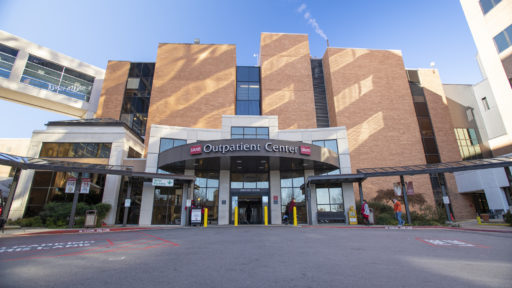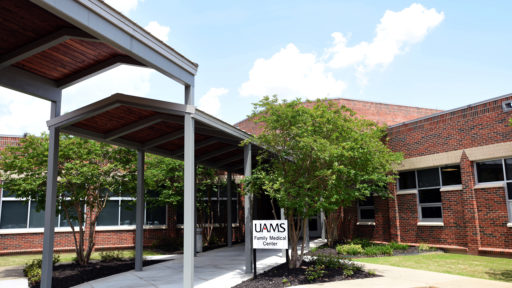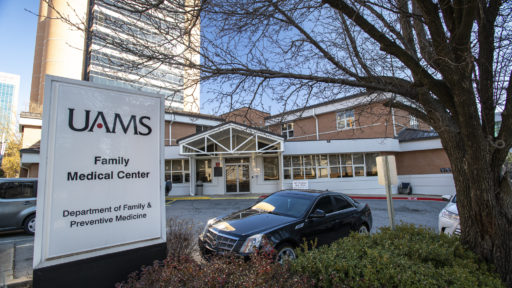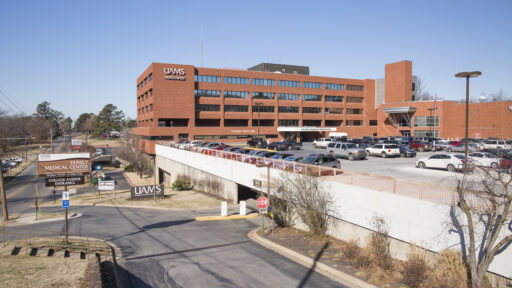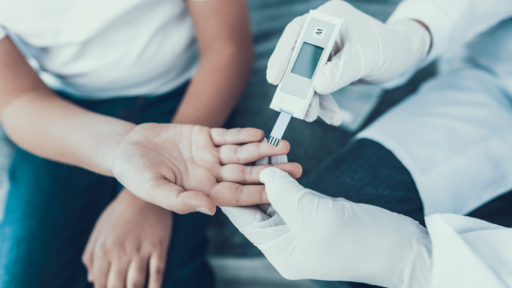Also called: Juvenile Diabetes; Insulin-dependent Diabetes; Brittle Diabetes
In Type 1 diabetes, little or no insulin is produced and the cells cannot get glucose from the bloodstream. The glucose remains in the blood causing high blood glucose, also known as hyperglycemia. Without the insulin, your body cannot use glucose or the energy it supplies.
Causes of Type 1 Diabetes
Type 1 diabetes is an autoimmune disease. This means that your own body make antibodies against itself, causing gradual damage to an organ – in this case, the pancreas. Gradual destruction of the pancreas, more specifically the islet cells which make insulin, causes the manifestations of the disease.
Type 1 diabetes has a genetic component meaning that there are families in which multiple generations will be diagnosed with the same disease. For most people however, when they are diagnosed, there may be no other relatives with the disease. If you take a thorough history however you may find that other autoimmune diseases run in the family such as thyroid disease, lupus, rheumatoid arthritis, celiac disease, or adrenal insufficiency.
Unlike type 2 diabetes, there is no relationship between diet and weight and the development of type 1 diabetes.
Symptoms of Type 1 Diabetes
Each person may experience the symptoms of type 1 diabetes differently, however unlike type 2 diabetes, the onset of symptoms appears more abrupt and severe. The most common symptoms include but are not limited to:
- Increased thirst
- Frequent urination
- Weight loss despite not adhering to a strict diet or exercise regimen
- Frequent bladder or skin infections
- Blurred vision
- Nausea and vomiting
- Extreme weakness and fatigue
- Cuts or injuries that heal slowly
Managing Your Type 1 Diabetes
If you are diagnosed with type 1 diabetes you must take insulin. Most people with type 1 diabetes take 2 types: a long acting (basal) insulin once daily and a rapid acting (bolus) insulin with each meal. It is very important not to miss any doses of either type of insulin otherwise you can experience very high blood glucose levels and become very ill.
Some people with type 1 diabetes use insulin pumps which are attached to the abdomen and allow the user to deliver precise amounts of insulin to manage their carbohydrate (sugar) intake and to correct for high blood sugars.
Many people with type 1 diabetes use continuous glucose monitors (CGM) to track their blood sugars, increase awareness of high and low blood sugars, and allow them and their providers to better see their glucose trend information.
Follow Up for Type 1 Diabetes
Most patients with type 1 diabetes will need to see a specialist in diabetes (an endocrinologist) every 3 months. At these visits, their glucose meter, pump, and/or continuous glucose monitor can be downloaded and insulin doses adjusted. They should bring all of their devices to each visit.
They will also want to discuss screening for eye, kidney, nerve, and heart disease and make sure all lab testing is up to date.
Individuals with Type 1 diabetes should remember to get regular vaccinations, to never smoke tobacco, and to work closely with their endocrinologist if pregnancy is desired to ensure health for both mother and baby.
You should work with your doctor to determine what to do if you are sick (come up with a “sick day plan”) or if your insulin pump is not working (a “back up plan). You should also be aware of how to use glucagon, a hormone that can be given in the case of a severe hypoglycemic reaction.
Remember that type 1 diabetes is a serious medical condition, but if you work closely with your diabetes team, there is no reason that it has to restrict you from any work, school, or life plan that you choose.











